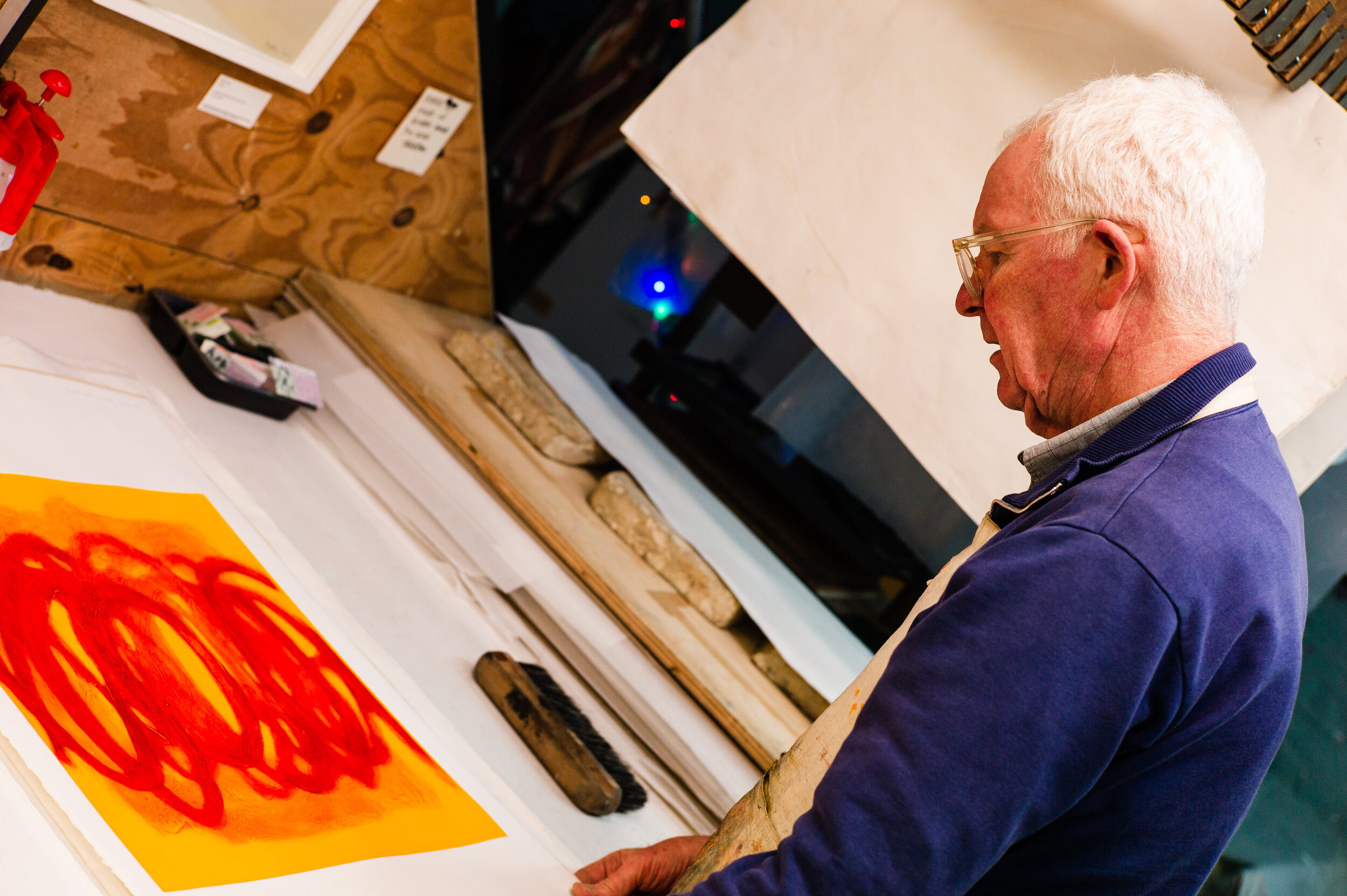
FEATURE
Soft ground
Soft ground was invented in the latter half of the eighteenth century as a means of reproducing the grainy qualities of chalk work. It was first used in England by Gainsborough and artists of the Norwich School.
TECHNIQUE
Soft ground
Soft ground was invented in the latter half of the eighteenth century as a means of reproducing the grainy qualities of chalk work. It was first used in England by Gainsborough and artists of the Norwich School.

Mixing hard ground with tallow, petroleum jelly, or lard makes soft ground. Because of the added grease the ground never hardens so lines, objects and textures can be easily impressed into it.
Soft ground is a great way into printmaking if you like textures and patterns, or want to recreate a pencil drawing effect. It can be used with other etching techniques on the same plate to achieve different layered effects.
more printmaking techniques
Carborundum
Abrasive carborundum grit (silicon carbide) is mixed with acrylic medium or glue and painted onto a flat surface, such as plastic or metal.
More Features
All features“I think all visual art is a metaphor”
Following a previous career as a forensic psychiatrist, James Anderson’s colourful carborundum and layered woodcuts convey the emotion of inner worlds. We discuss abstraction, inspiration and the hard work of practice with him.
Lithography
An image is painted, drawn or stencilled onto a slab of limestone or a metal plate (often aluminium) with oily materials, including greasy crayons and pencils, special ink called tusche, and photochemical transfers.





